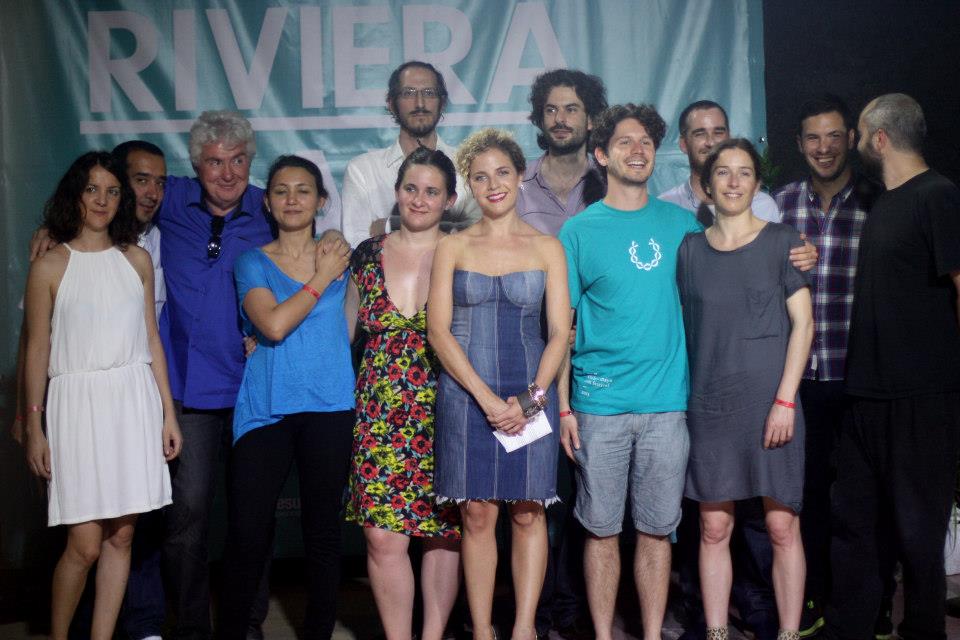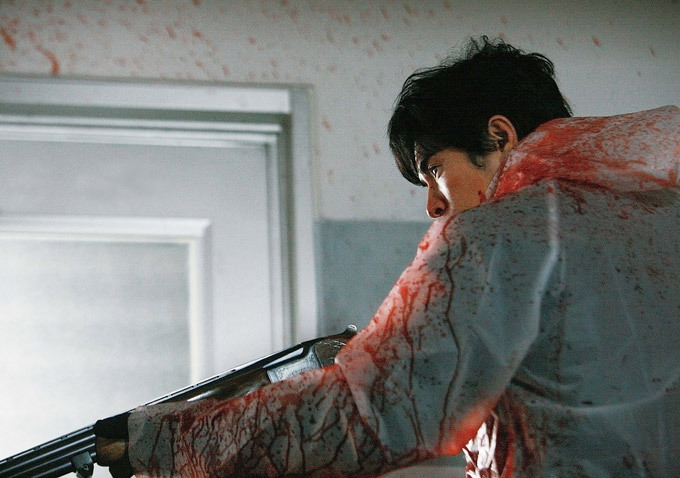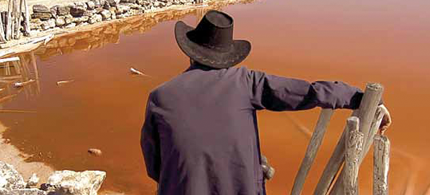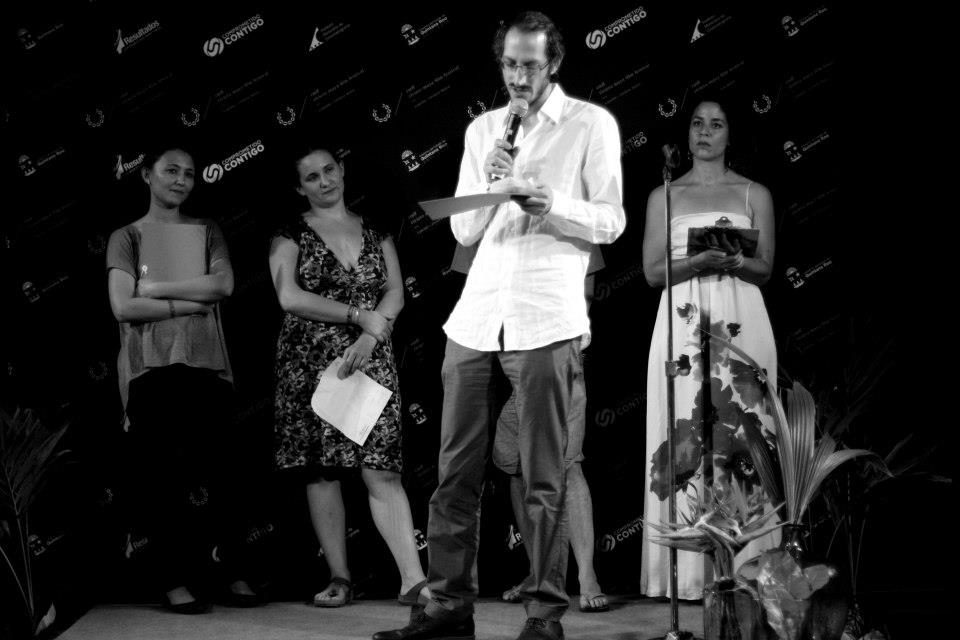The Riviera Maya is the Dr. Jekyll & Mr. Hyde of film festivals. Situated along the coast of the Yucatán Peninsula in Quintana Roo, Mexico, the festival’s venues, which span from Cancun to Tulum—about a two-hour drive apart, and there’s an even lengthier detour to Isla Holbox, accessible only by boat—make the RMFF a logistical nightmare. However, the fest’s programming is an enviable selection of cinephillic fare that ranges from work by genre masters like Johnnie To and Takashi Miike (I’m told there is a local fanbase for Asian films) to renowned auteurs like Alain Resnais, to American indies like Shane Carruth’s Upstream Color as well as more obscure international cinema just as worthy of attention. Most impressive is the “Mexican Platform,” RMFF’s main competition section, which offers a cross-section of the country’s best cinematic offerings, scrupulously curated by head programmer Michel Lipkes and Maximiliano Cruz. The problem is, for a cinephile eager to consume the breadth of this estimable array of films, figuring out a schedule that can incorporate each of the venues without diminishing the amount of films on can watch in a day is nearly impossible and at least bound to cause some headaches. As a result, I stuck to the Plaza Pelicanos in Playa Del Carmen, the festival’s most heavily trafficked site. In doing so, I was able to see a fair share of what I had hoped to (certainly not all), but my usual practice of four or five films a day was not an easily achievable pace.
Then again, Mexico’s fiery sun and the paradisal Yucatán beachside offer their own valid temptations, as do must-see sights such as the Tulum ruins. Of course, one of the great things about international film festivals is getting acquainted with new places and the cultural and natural pleasures they offer. That being said, tourist-dominated resort towns and film festivals are not exactly a match made in heaven, their uneasy relationship characterized by the mutual interference they have with the other’s intentions. Staying inside all day and watching films in Cancun and Playa del Carmen is an awkward proposition and moreover, when the host city or town (in this case, state) has such a primary occupation with focusing attention on its natural (and very unnatural) wonders, it unfairly deemphasizes festival’s supposed goals of sharing international cinema with visitors and residents. OK, but, to not sound like a grump, there is a distinct pleasure in being able to walk less than five minutes from the cinema after getting out of a film to one of Mexico’s most beautiful beaches, and for all the problems with navigating the RMFF’s widespread perimeters, there is something special about having to take a three-hour drive followed by thirty minutes on a boat to get to an island only to see one or two films that evening (and to end up in an audience of about five, no less!).
Although many of the selected films are at the very end of their festival runs, there were more than a few worthy of catching up with. Indeed, much of the Mexican Platform was comprised of titles long past their debut, such as Yulene Olaizola’s elegant Fogo, a Mexican-Canadian co-production shot on Fogo Island in Newfoundland, and Pedro González-Rubio’s equally impressive Inori, which took home one of two Kukulkan Awards, which comes with three-hundred-thousand pesos in prize money. Significantly, Inori is also shot outside of Mexico. It takes place in an isolated Japanese town, making both these films moving odes to the ever-declining modest lifestyles of small town people and the uncertain futures they face. If I were to have been on the jury, I would have at least considered awarding Eduardo Villanueva’s Penumbra one of the grand prizes. Visually stunning and poetic, Villanueva’s film patiently details the lives of an elderly couple living in the Mexican countryside, documenting their day-to-day routines. Apparently shot entirely between dusk and dawn, Penumbra is staged but nevertheless authentic, imbuing these quiet lives with spiritual beauty. In complete contrast to the aforementioned films, Mitote, directed by Eugenio Polgovsky, is a blunt, brisk portrayal of a Mexico City’s bustling central square, Zocalo, and the various goings-on therein. Political protests, arguments, shamanistic wisdom, a football match, and the inadequate images of capitalism collide in a subtle cultural clash made visible by Polgovsky’s pungent assembly of footage. From even this small handful of films, it’s evident that Mexican cinema is explorative and diverse in subject and style and worthy of closer scrutiny from international critics. While the Riviera Maya isn’t attracting anything resembling an abundance of international press, hopefully the Platform goes some way toward garnering the attention these movies, and their creators, deserve.
As for the fest’s other highlights, the previously alluded to films by Johnnie To and Takashi Miike were quite predictably among the fest’s most satisfying screenings. To’s Drug War, which starts out as one of his most routine pictures, quickly escalates from scene to scene with narrative fun and formal perfection, bolstered by Wai Ka Fai’s out-of-the-box sense of characters and situations. Miike’s Lesson of the Evil was a more complex venture as it treads dubious moral ground with its massive, over-the-top, third act set piece in which a horrific high school massacre alternates between action thrills, gruesome violence, and satirical send-up. It’s either Miike’s most offensive work yet, or one of his slyest statements.
As I’ve scribbled elsewhere, I have not had nay a sip of Shane Carruth’s Kool-Aid, and with Upstream Color’s lead actress Amy Seimetz in the director’s chair for Sun Don’t Shine, also produced by Carruth, it’s difficult not to compare their films. Fortunately, she’s a more competent and more modest filmmaker, and while neither the content nor the form of Sun is particularly revolutionary, she knows how to compel the viewer and drive the drama forward, even if the film suffers from its rather guffaw-worthy voiceover.

Finally, the festival’s worthiest endeavor is the RivieraLAB, a multi-faceted program that helps support filmmakers complete their projects. In the “Work In Progress” competition, filmmakers present unfinished cuts of their work, which depend on further funding to complete. This year, the jury, comprised of Agustina Llambi Campbell, Saodat Ismailova and Gabe Klinger, chose two projects to award a $20,000 (roughly, in U.S. dollars) prize. I was able to see one of them: Raya Martin and Mark Peranson’s La ultima pelicula, a tongue-in-cheek riff on Dennis Hopper’s The Last Movie.
Starring Alex Ross Perry, writer/director/star of The Color Wheel (2010), and Gabino Rodríguez (Nicolás Pereda’s perennial leading man), the film is a multi-formatted (it was shot on seven different cameras) experimental comedy about an American filmmaker scouting Mexico during the approaching Mayan Apocalypse to shoot a film about the end (or not) of the world, and cinema. Fun, playful, and yet not without its poetry, Martin and Peranson strike an impressive balance between moody fever dream and irony. I’ll refrain from saying too much until I see a final cut, but its reflexive cinephilia and celluloid-coveting-critique/requiem feels entirely of the moment in this downswing of the transitionary period between film and digital. Upon picking up a prize, Peranson exclaimed, “film is dead, long live film”. Hear, hear.









